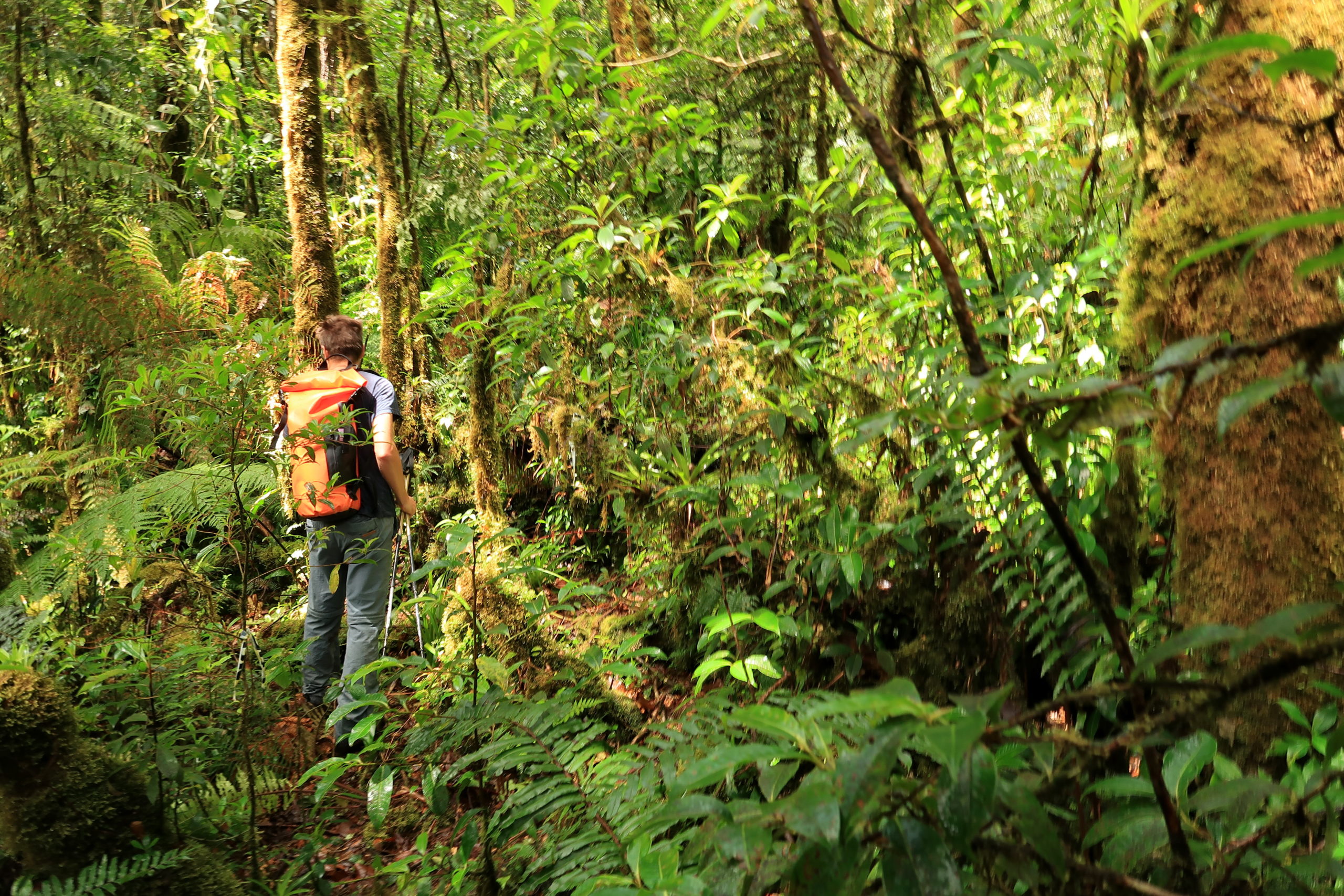The transfer of knowledge and job handover in companies is a debt of the company, i.e. the company has to gather the knowledge. In many industries, the knowledge of employees is the most important resource and the potential of a good handover is high: Knowledge can be kept in the company and the training period is shorter. This article describes my own experience of what is needed for a good job handover and how it can be organised. I also explain what can be done in advance to reduce the possible damage or expense in the event of a dismissal or retirement.
Inhaltsverzeichnis
What are the opportunities and risks of job handover in companies?
Knowledge is the most important resource of many companies (blog post on the value of knowledge and knowledge transfer) and it often lies with employees in the form of skills, abilities or experience. This is precisely why the value of knowledge can rarely be quantified and does not appear on any balance sheet. Is it therefore worth less? You should see it as a valuable and unique resource of your company and treat it accordingly.
It is difficult to quantify the cost of staff turnover. Estimates range from a few months’ salary to 2.5 years’ salary (source). It probably also depends a lot on the position and the company. But it is definitely several months’ salary. This includes costs for the recruiting process, for induction, training and team building. Often there is also a loss of knowledge that cannot be prevented. Moreover, employees often quit internally half a year before they leave and work less efficiently afterwards. You should therefore keep the turnover rate of your company or team as low as possible. You can read more about how to do this here. Sometimes, however, a job transfer is unavoidable when a person leaves the company through resignation or retirement. In this case, the damage to the company can be massively reduced through good knowledge transfer and a structured job handover.
The good news is that your company has probably not died so far because of poor management of knowledge transfer and job handover when staff changes. But the potential is still very great to not only hand over the knowledge from one person to the successor, but to write it down right away and thus make it available in the long term and distribute it within the company in a variety of ways. In this way you can even multiply the value of the knowledge and often create new knowledge (blog post). This can become a competitive advantage for your company.
What are the prerequisites for good knowledge transfer and job handover?
A good job transfer needs time and attention. Ideally, job handover and knowledge transfer in staff changes takes place directly from predecessor to successor. Often, however, a role needs to be handed over from predecessor to successor without any time overlap. In this case, an internal or external person can bridge this time and first collect the knowledge from the predecessor and later hand it over to the successor. This person is responsible for coordinating the handover and should have the following qualities:
- Time and attention for the task
- good connection with the key person: not all the person’s knowledge automatically belongs to the company and the more cooperative the collaboration, the better the output. And in the end, only what the person is willing to share can be picked up.
- The coach should understand something about the topic. This makes it much easier to classify the knowledge.
Internal people are often well suited because they bring the expertise and the relationship to the person. But they are often busy with their own tasks and projects and cannot immediately drop everything to devote themselves to the job transfer when they are dismissed. External people are often better because they are quickly available, can spend the necessary time and know the tools better.

Organising job handover and knowledge transfer in companies
The handovers themselves are free in form. From a simple Excel spreadsheet to a workshpere map, anything is possible. The important thing is to prepare the topics and involve the people to whom the handover is to take place. I have had good experience with slightly structured conversations in a relaxed atmosphere to pick up knowledge from one person. This works even if the person is no longer particularly motivated to share the knowledge and it also takes some pressure off the person to be responsible for the knowledge transfer.
In addition, there are many interesting and interactive formats such as knowledge market, lectures, case studies, explanatory videos, working together, etc. to pass on knowledge. This makes it possible to multiply and process the knowledge (blog post). In this way, knowledge can be used as a valuable resource and become a competitive advantage for your company.
Job transfer and knowledge transfer can consist of the following steps in the case of personnel changes:
- Localise knowledge: Understand and visualise the person’s activities and required knowledge: What is needed for this job? Job description, project lists, activities (calendar)
- Address framework and guidelines for handover: What needs to be handed over and to whom? Not everything has to go automatically to the successor.
- Collect knowledge from predecessor (download): accompany knowledge transfer, hold discussions, document knowledge (text, cards, etc.).
- Transferring knowledge to the successor or distributing it within the company (upload): organise and accompany transfers in various forms: Training, lecture, case study, explanatory video
Important points in job handovers and knowledge transfer
In my view, the following are important points when handing over jobs
- Knowledge is only written down if it is possible and makes sense (valid in the long term).
- Implicit knowledge (skills, experience, handling of software, procedures, processes) often cannot be optimally captured in text. Either handover via evores as a temporary knowledge store, documentation with videos or direct handover to team (work together on project, watch etc.)
- Projects: Gain an overview of ongoing projects and discuss together: what can still be completed, what needs to be handed over to whom?
- Contacts, contact persons, relationships etc. must not be forgotten
- Knowledge about culture, communication, cooperation, processes in the company: How is it done here? This can significantly shorten the familiarisation period and is often forgotten during handovers.
- Experience, ideas & suggestions for improvement etc. are often not handed over and are then lost forever: what did the person never have time for? What should have been done better a long time ago? What have we learned?
Possibilities for continuous knowledge transfer
Knowledge transfer should not become an issue only when a person resigns. Talk about knowledge transfer. What can be done on an ongoing basis to reduce the effort and damage in the event of a resignation:
- Sharing knowledge continuously and learning together
- Record experiences and activities on an ongoing basis
- Deliberately distribute contacts and relationships with other organisations among several people
- Distribute roles among different people
- Clarify whether further cooperation with person is possible (e.g. in case of retirement). Sometimes questions can still be asked if they are channelled and arrive in manageable quantities
- Develop a succession plan early on (regular checks: which are two possible successors for your job?) and let them work together
Support the job handover and knowledge transfer with an external coach (evores)
I support you on-site or remotely in the planning/organisation of an important job change or carry out the handover if no suitable internal person is available.
How can I support you?
- Necessary temporary capacity and attention for the handover so that the team can focus on the ongoing projects.
- Training knowledge management: pick up more knowledge than is usually done without coaching.
- Experience in handing over positions: Group CTO, head of sales/processing, head of service at a technology company in the engineering sector.
- Experience in setting up technology management system with simple means and training of technologies and software
- Unburdened relationship with predecessor: Opportunity to pick up more knowledge. The predecessor only shares what he wants to.
I can fully concentrate on this task and bring the appropriate tools. This allows you to concentrate on your day-to-day business and is much less of a burden.
My experience is particularly in the technical field. Contact me to get to know me and discuss a possible collaboration.
More information and blog posts
Great article on the value of knowledge in business and how it can be shared and used for innovation: https://www.viima.com/blog/tacit-knowledge
Study by Deloitte AUT on staff turnover
Good points and strategies for knowledge transfer during staff turnover: Blog article
Why it makes sense to have knowledge transfer done externally: LinkedIn
-
Combining existing knowledge in a new way – a competitive advantage for your company?
How can a company’s existing knowledge generate particularly high value for the company and provide a competitive advantage? There is a separate stream of strategic management that deals with this question (knowledge-based view). There is a separate stream of strategic management that deals with this question (knowledge-based view). A simple answer to this question: When…
-
Knowledge transfer in the company: the success factors
The basic economic resource – the means of production -is no longer capital, nor natural resources, nor labour. It is and will be knowledge. Peter Drucker Knowledge is the most important resource of many companies. In this article we discuss the success factors for maintaining, sharing and transferring knowledge in the company. The most important…
On the author

Claudio Lehmann is founder and consultant at evores. As an engineer and management consultant, he is fully committed to making the existing potential in companies visible and utilising it. Long-term sustainability starts with motivated employees and goes through efficient collaboration to the innovative strategy of companies that bring value to society. People. Planet. Profit.
Get in contact with me!
Article keywords

